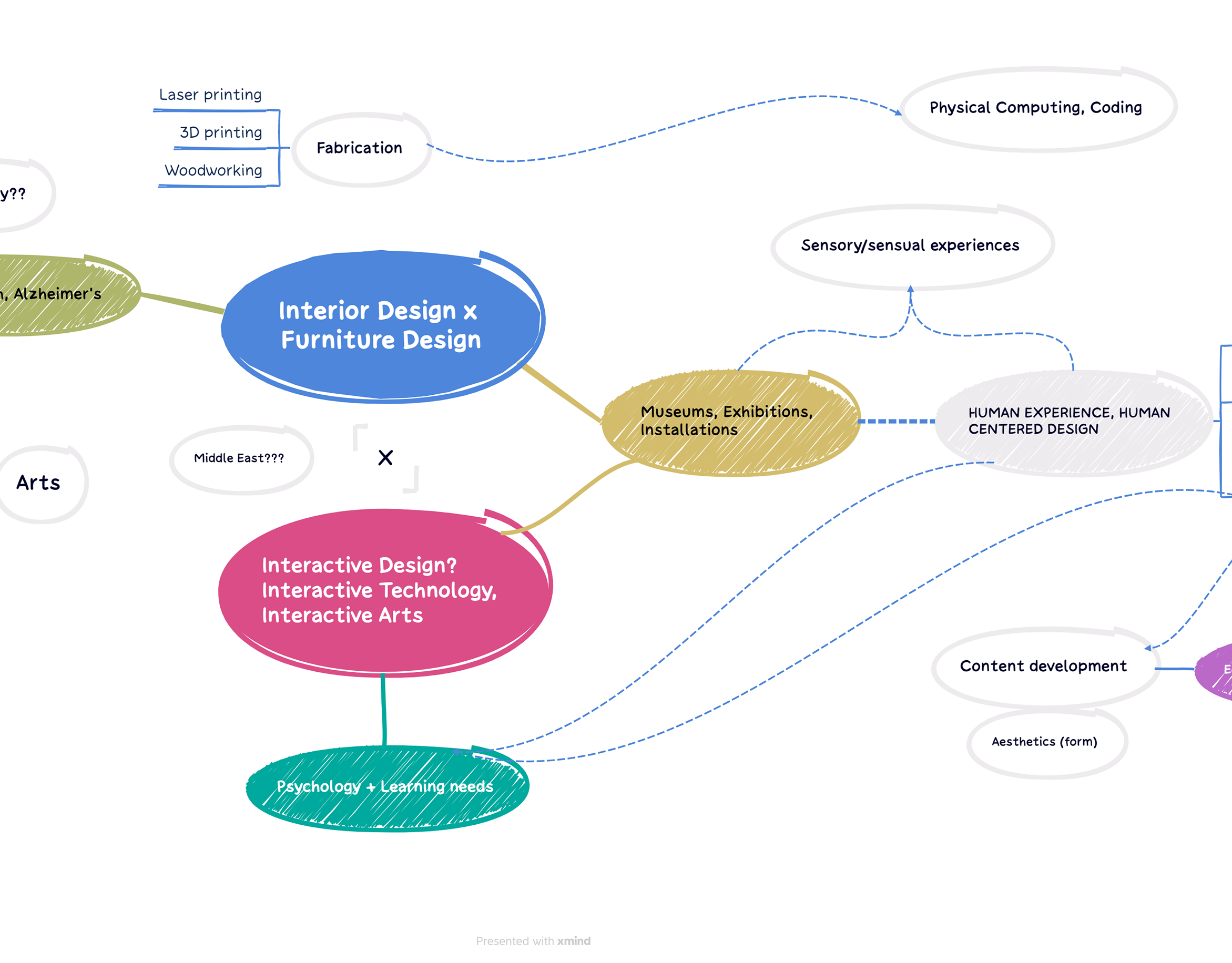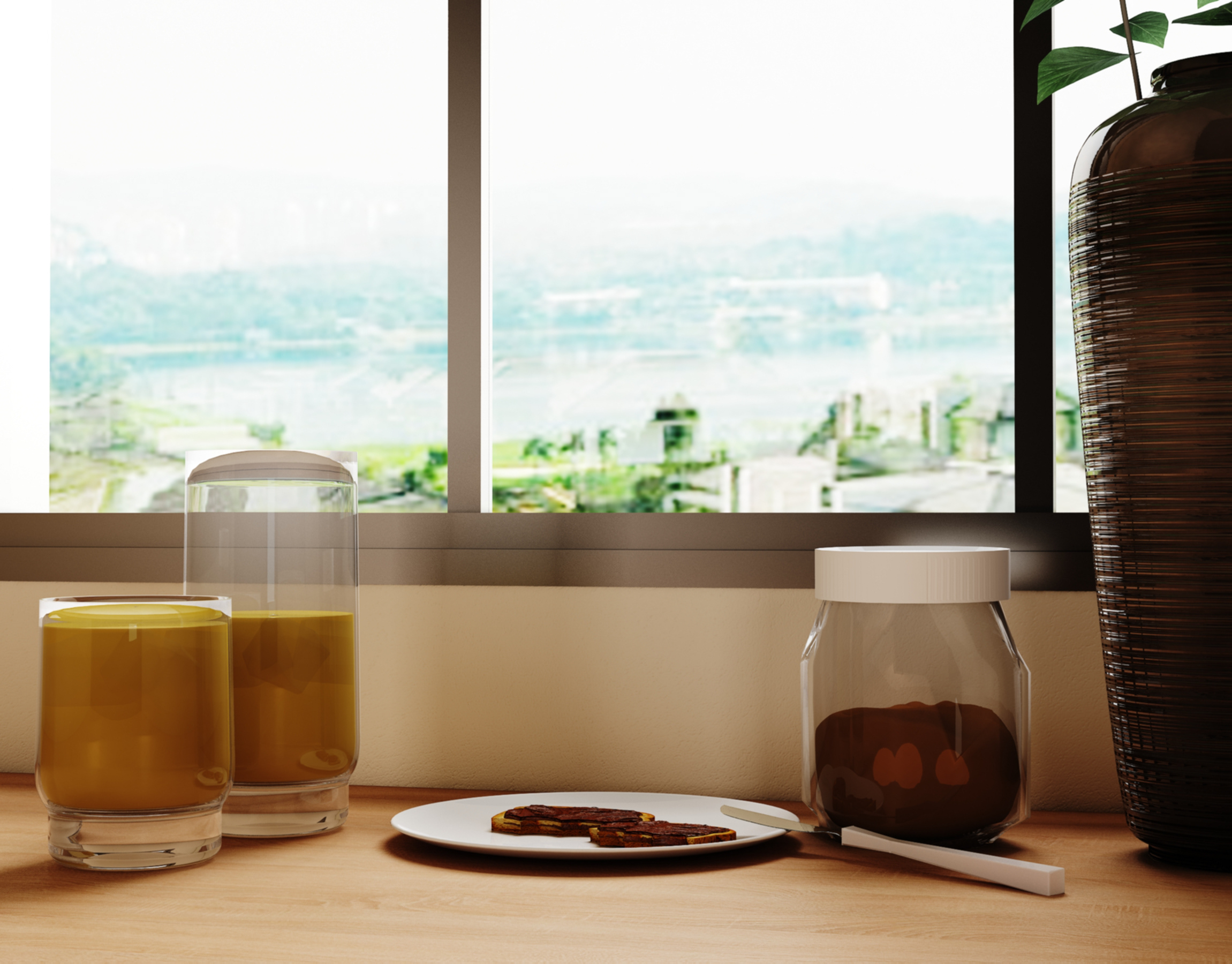My Prioritization Sheet
I was looking to prioritize 3 things: 1) Physical work, 2) Narrative of the work, and 3) Using the tools on the floor.
My brainstorm at the end of the sheet shows my thought process of how I ended up choosing my project idea.
The Creative Brief
1) Constraints:
They were set by a few things that I wanted to explore from my curiosity syllabus. These were:
Fabrication. Sensory experience. (Maybe mental health content - something revolving around improving moods).
2) Tools:
I will try to create a small physical prototype of a mood lamp. I will look into different methods of fabrication available to me. I am thinking of maybe either or a combination of 3D printing, laser printing and wood working.
3) Process:
I will look out for actual existing examples of mood lamps if they exist. I will look at the materials it was made with, and try to explore what materials of fabrication I have access to from 3D printing, to laser printing, and woodworking (or even stitching), and I will design one of my own accordingly, and maybe modify the design as I go with my process of fabricating it.
4) Audience:
I want to create something to be used by users who mildly suffer from mental health issues (as this will not be a medical grade lamp), and also to users of all ages for residential, commercial, entertainment and sensory uses.
5) Time:
I will spend the week for Exploratory Making to make the physical component of the lamp, and then the week after for Interface Lab figuring out how to wire the electronics for it to respond to mood. Maybe I could look into color psychology and its relationship with mental health.
6) Other Parameters:
The final prototype does not have to be a polished one, but rather an embodiment of what I learned through fabrication.
7) What my project is, and what it isn't:
My project is a fun experience and embodiment of what I will learn through fabrication within the limited time of 1 week. It is not a polished final prototype or a reflection of my capabilities. - if it is, then I am just lucky.
What I made:
I decided to design and make the casing of a lamp, which would respond to moods/emotions by measuring heart/pulse rates from biosensors, and displays an abstract mesh of colors as a form of 'light painting' or visual art. I 3D modeled the casing of the lamp using 3D Studio Max and later 3D printed it. The base took around 16 hours to print, while the top frame took around 7 hours.
Sketch of lamp form
From my interaction with people on the floor, I received lots of help from peers and shop staff. I also received major help from Daniel - they helped me figure out why my 3D model was not printing right, and how to set up the model correctly. A surprise I came across was that the model was too big, which had the adhesive positioned too on the edge of the bed, and as a result, kept coming off. I had to resize my model and make it smaller 3 times!
Documentation and references for the fabrication of the lamp casing can be found here.



What inspired this process and what I found in my creation journey that led to moving in this direction:
From the norm of paintings evoking emotions, to emotions evoking paintings. I decided to explore how paintings would look like if our emotions were the ones to evoke it instead, and in turn if these paintings could improve our moods/emotions. Therefore, the lamp was designed to resemble the outer frame of a painting. The initial constraints I adopted in the creative brief that originated from my curiosity syllabus were also a huge inspiration for my idea in this project, where I wanted to focus on sensory experiences, fabrication and a little content/narrative about mental health.
What I would do differently if I had more time:
1) Reprint the back, by making a piece be snugly fit (similar to the front)
2) Test with different colors of the filament material
3) Explore different modes of fabrication for creating the same form
4) Continue with the electrical interface of the ‘light’ part
5) Explore and test the emotional experience of using this lamp, and study its effect and psychology on people
6) Maybe add the digital aspect using a p5 sketch, where people can save their 'light painting' as digital images and print/save them as a continuous visual blog/diary of how they are feeling



